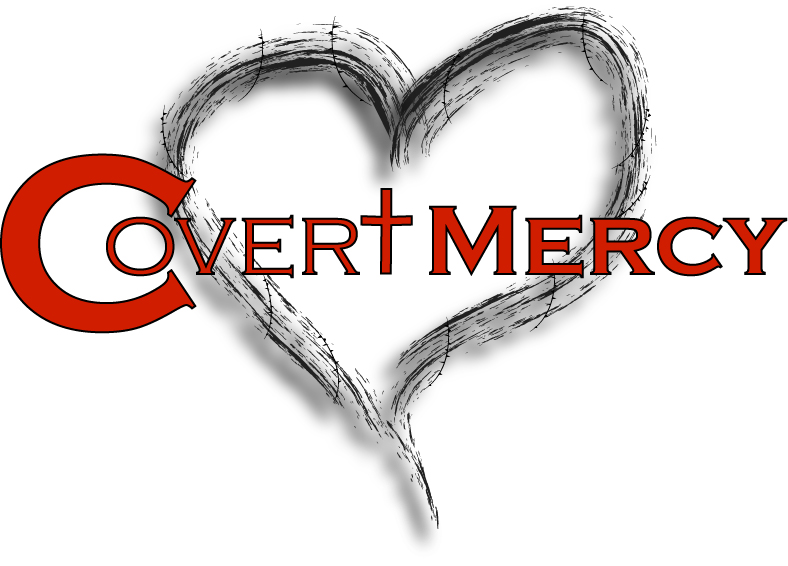
“The optimist sees the donut; the pessimist sees the hole.” Oscar Wilde
Did You Know? 69% of Your Relationship Problems Are Unsolvable!
This startling statistic came from Dr. John Gottman’s insightful book, The Seven Principles for Making Marriage Work. When I first read it, my perspective shifted. I realized that many relationship issues aren’t meant to be “fixed” in the traditional sense. Instead, understanding this can reduce stress and help us view challenges in a healthier light. In this article, See Your Relationship in a New Light, I’ll share the secret to transforming how you see and handle relationship problems. You’ll learn practical strategies to turn stress into understanding, all through changing your perspective. Join me on this journey! Together, we’ll explore the three main types of relationship challenges couples face—and what you can do about each one.
My wife, my clients, and I all found comfort in something crucial: our relationship struggles aren’t unique. This realization changed my approach as a marriage counselor, and it can do the same for you. Remember, you’re not alone in this journey. This isn’t just theory—these insights are practical tools to help you regain control over your relationship. Many couples are surprised to discover how common it is that some problems can’t be fully solved. That’s a relief to know. We often spend endless energy arguing about issues that may never completely disappear—like a puppy chasing its tail. It can leave us tired, frustrated, and confused.
Are you ready to see your relationship in a new, more hopeful way?
See Your Relationship in a New Light: Change Your Perspective
The truth is, perspective is everything. When you identify what kind of problem you’re facing, you can use the right tools to address it, without unnecessary stress. Think of it this way: your outlook can turn a ‘challenge’ into an ‘adventure.’ Like choosing between a light, healthy salad or a spicy burger, each has its place and effect. Changing your perspective is like getting a new pair of glasses—suddenly, the problem looks different, maybe even easier to handle. When you step back and view a situation from a different angle, it’s like giving your problem a reality check. Sometimes, the issue isn’t as daunting as it appears. A slight shift in how you see things can reveal that some difficulties won’t disappear, so you might as well learn to live with them peacefully.
The Three Types of Relationship Problems
Solvable Problems
These are everyday issues—like who does what around the house, planning vacations, or managing money. They’re straightforward and usually temporary.
Example: Deciding where to go for dinner or agreeing on a weekend activity. The good news? Solutions are often simple once both partners communicate clearly. For example, choosing pizza toppings everyone enjoys is easy and satisfying!
Perpetual Problems
These problems aren’t going away. They often involve differences in personalities, habits, or values—things like how frequently to have sex, spend money, or raise children.
Example: One partner wants more spontaneous plans, while the other prefers schedules. Or one loves to save, and the other loves to splurge.
It might seem discouraging, but remember—these issues can be managed. Many couples learn to accept—and even appreciate—these differences. Change takes time, and some problems are more about navigating a tug-of-war rather than “fixing” them.
Gridlocked Problems
This is the most challenging type: problems that have spiraled into protracted, painful disagreements that feel impossible to resolve often create frustration, emotional disengagement, and even resentment.
How do you recognize gridlock?
– You feel rejected or misunderstood.
– Conversations about the same issue only increase frustration.
– You argue without humor or affection.
– You become rigid, refusing to budge.
– Over time, disdain and disengagement take over.
This cycle can be exhausting, but seeking help is crucial before it causes lasting damage. Sometimes, a trained counselor can help open new pathways to understanding.
How to Approach These Problems
Here’s a simple plan:
Focus on the Solvable: Address and resolve day-to-day issues. Clear communication and small steps can make a big difference.
Accept the Unchangeable: Recognize that some problems are ongoing. It’s okay to accept specific differences without frustration.
Seek Help with Gridlock: If you’re stuck in endless arguments, don’t hesitate to consult a professional. An objective counselor can guide you toward understanding and peace.
The Takeaway
Many relationship issues aren’t about “fixing” everything but changing your perspective—seeing problems as manageable, navigable, or simply part of your partnership. This shift is powerful and liberating.
I hope this new outlook helps. If you have a question, email me: [email protected]
Links to Enrich Your Relationship
12 Ways to Invest in Your Relationship (article)
Bounce Back: The Secret to Building Resilience in Your Relationships (article)
10 Quick, Proven Ways to Reduce Marital Stress and Conflict (podcast)
Solving the Mystery of a Marriage (podcast)
